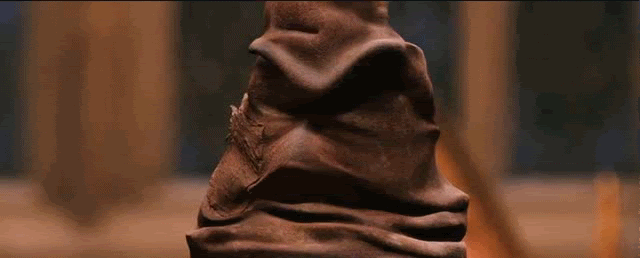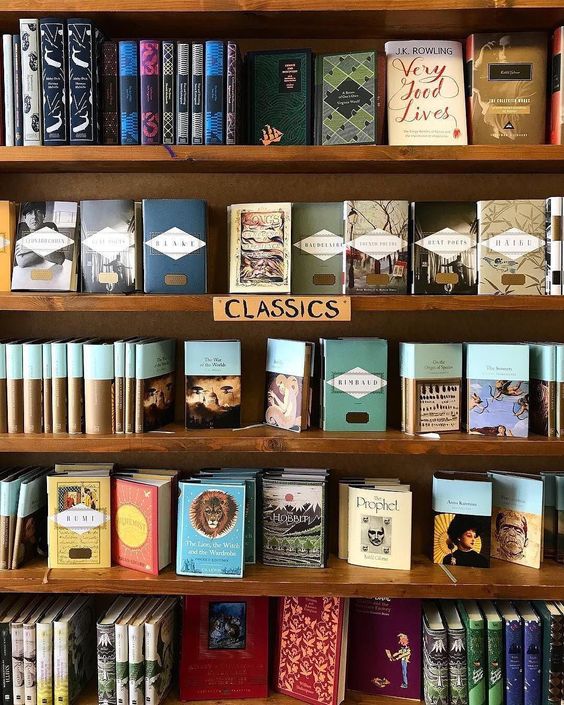Often a really wonderfully written and original book defies easy classification, encompassing more than one category or genre. The best-case scenario, as far as I’m concerned, would be having enough copies of every title we carry so that we could shelve it in multiple sections. We usually don’t have that many in stock, though, unless it’s a hot new release or related to an upcoming event. So hard choices have to be made.
Sometimes it’s not that easy. Does a book that has a strong mystery plot go in Mystery even if it has fantasy elements? Or does it go in Fantasy, possibly not being seen by young mystery lovers browsing on their own? After a few cases of finding a book series being shelved half in General Fiction and half in Fantasy, I discovered that my co-worker Kalee and I see (and shelve) novels with magical realism differently. (For the record, I lean toward putting them in General Fiction, she toward Fantasy.)
One of the myriad shelving decisions booksellers make is how or whether to separate classic titles from others in the bookstore. This begs the question, of course, of how and when a book becomes a classic. Personally, I’ve always preferred to forego a Classics section. My theory, based on a combination of intuition and many years of sneaky observation, is that most kids aren’t that eager to shop for designated good-for-you classics and are more likely to be enthused by a book (that maybe just happens to be a classic) when they find it shelved with their newer favorites. Once in a while a parent or grandparent comes in asking where our classics are, but our lack of a designated section has never seemed to be an issue. Of course, that might be totally different in another bookstore with a different customer base.
Also, one of the special challenges of shelving anything in a children’s store (or in the children’s section) is the consideration of age categories and reading levels. All Classics (or Nonfiction or SciFi) together in one section? Or in a subsection of each age category? And so on.
I don’t think there’s ever really a right or wrong decision in arranging sections. Often it comes down to the priorities and preferences of each bookstore’s staff and their customers. Since we’re not constrained by the Dewey Decimal System, we can do whatever seems to make it easier to get books into the hands of those looking for them. Just like the richly imagined world-building in our favorite fantasy novels, anything goes in bookstore design as long as there is some sort of internal logic that lets the reader stay oriented. And good signage, of course!



As an avid reader of children’s and adult books, I suggest a compromise. Eliminate specialty sections,save for new books in small numbers. It’s so frustrating to find mystery books categorized as fiction without any system. As a mystery reader, it’s nice to peruse the mystery section, but I tend to scan fiction shelves as well in search of a favorite author. My local library eliminated mystery, romance, and science fiction sections. It’s so much easier just to search by author. Much like musicians, so many authors write crossovers that it’s hard to decide how to shelve!!